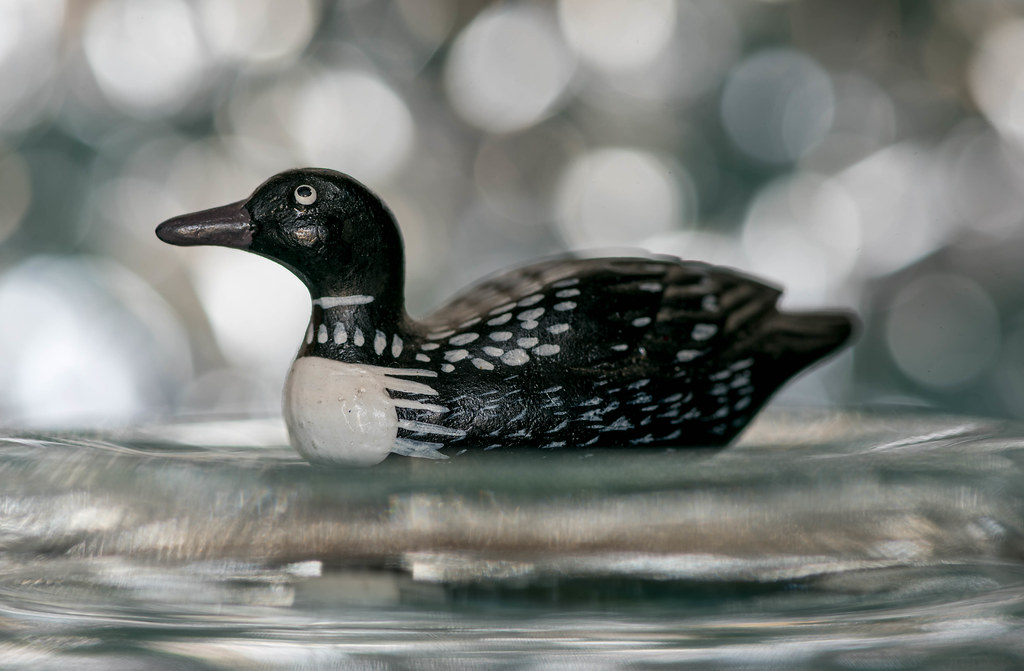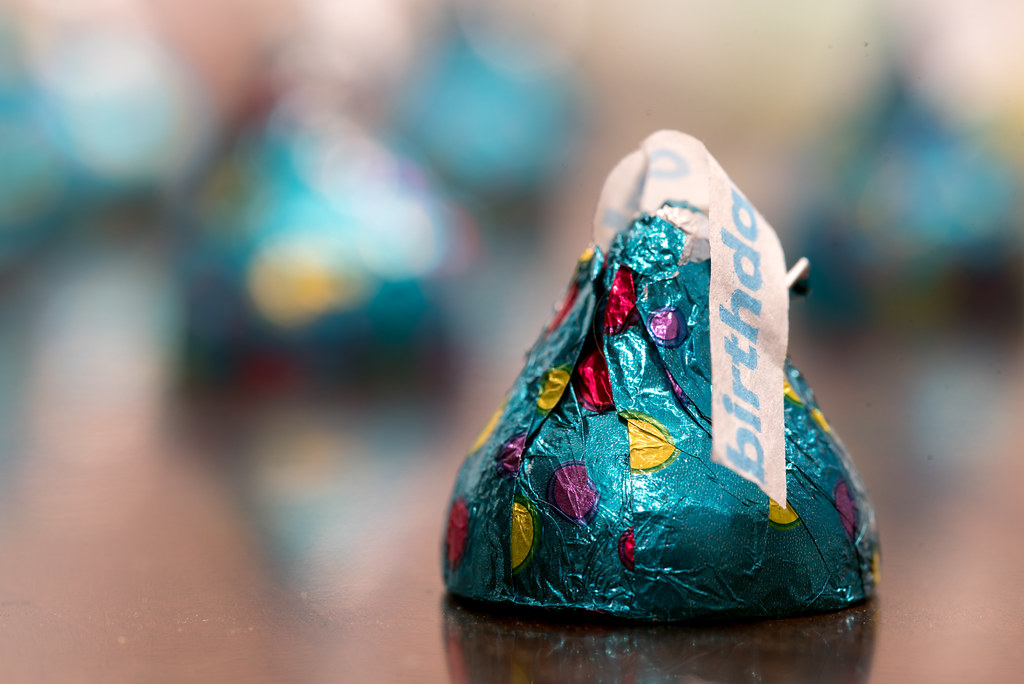
As far back as I can remember, I have enjoyed shooting photos on rainy days. Something about the overcast lighting, the rain falling, and the subdued feeling of just being outside in those conditions elevates the art of photography for me, and I find that I enjoy the act of taking photos in the rain even if the end result doesn’t even work out. But when I do come back from taking photos on a dreary day with something that looks good enough to put up on Weekly Fifty…well, that’s a good day in my book.
This picture kind of reminds me of one that I took years ago with my 50mm lens and close-up filters, and it was these early shots that taught me so much about doing close-up photography–enough that I feel like I’m not entirely starting from scratch with my new 105mm macro lens. It’s not just about finding an interesting subject (in this case, a drop of water on a leaf) but looking at the light, the foreground, the background, the colors, the depth of field, and everything else that goes into making an interesting photograph. On this picture I intentionally composed things so that the droplet would be somewhat backlit, as I wanted to get a glistening shine on the top edge. I also wanted a bit of foreground blur and tried to get the subject as sharp as possible, though that is almost always more difficult than it seems since water droplets don’t play nicely with a camera’s autofocus system.
To get this image I knelt low to the ground, got close to the leaf, adjusted the aperture, and fired off a few shots. I wasn’t happy with the results, so I adjusted the aperture some more, repeated the process…and nothing. The pictures just weren’t that great, and I couldn’t figure out why. Turns out that what I thought was a small aperture (f/8, f/13) was way too large when photographing tiny water droplets up close. I ended up shooting this at f/19, 1/90 second (thanks to the Vibration Reduction on this lens), ISO 100, and even at f/19 the depth of field is still razor thin. It’s like I’m having to re-learn everything I know about taking pictures as I use this Macro lens, and it’s awesome. I’m super happy with how this shot turned out and can’t wait to keep shooting it to find out what else it can do.



